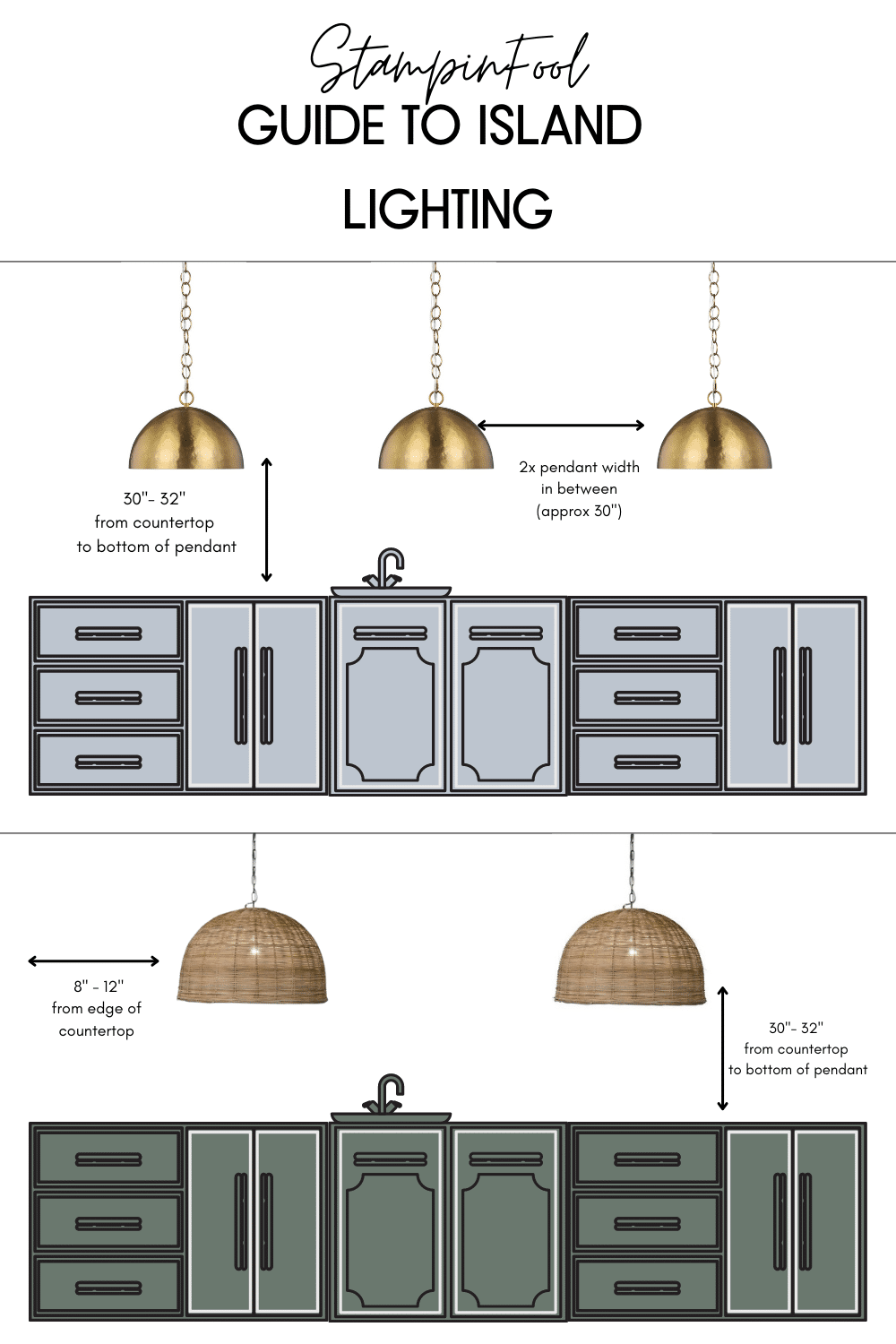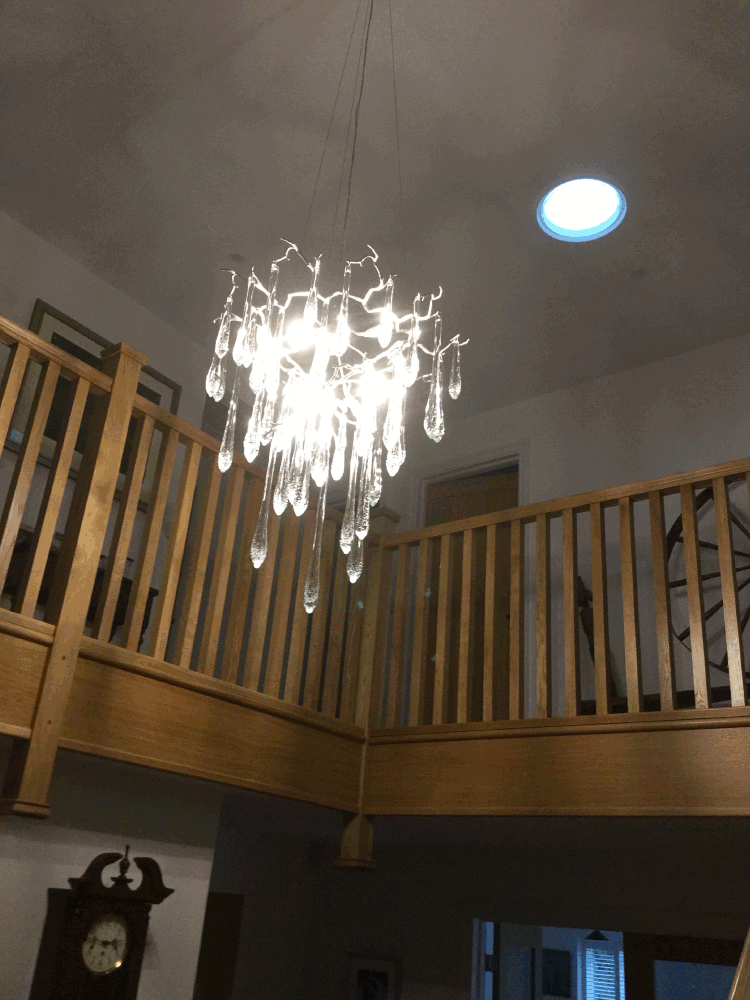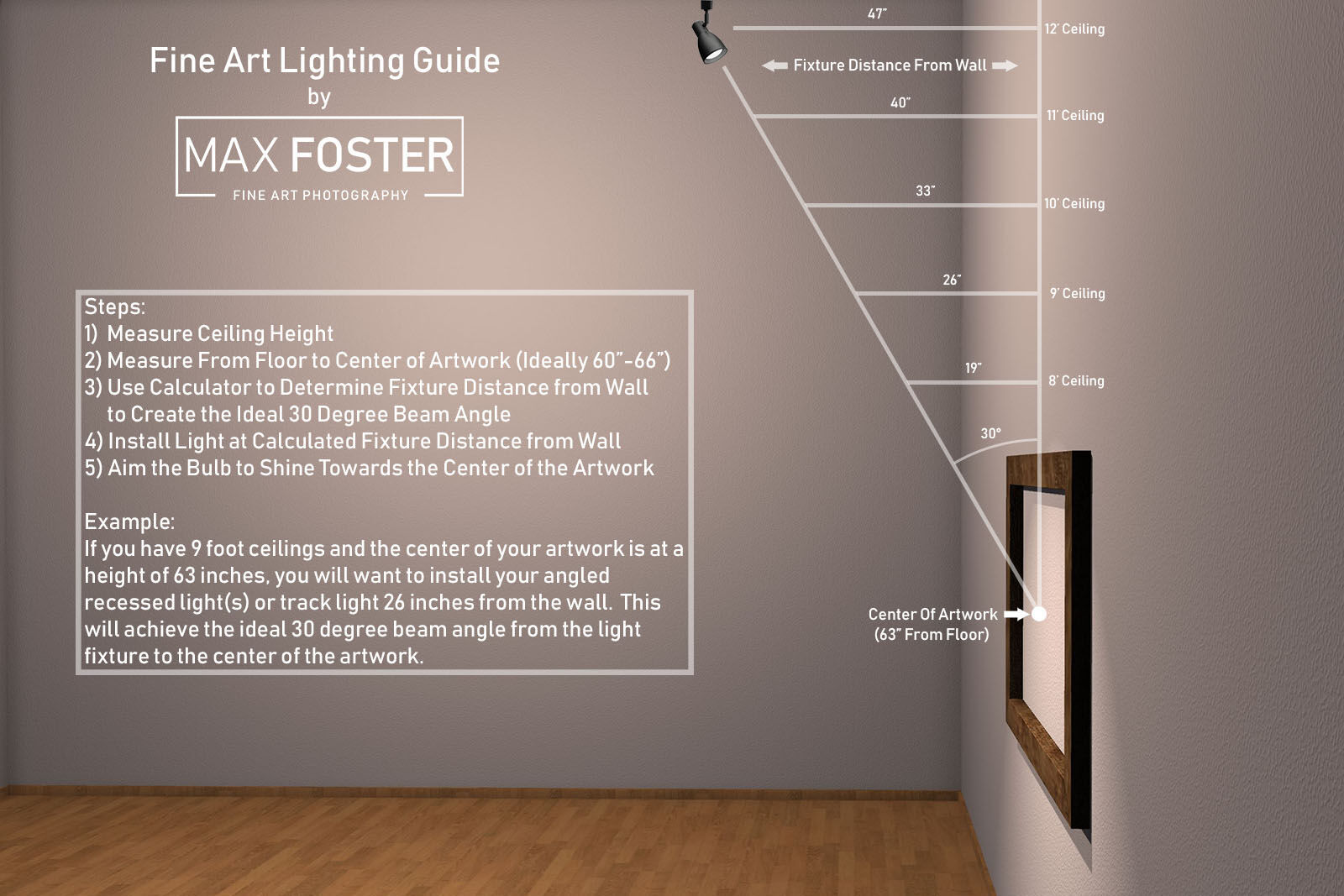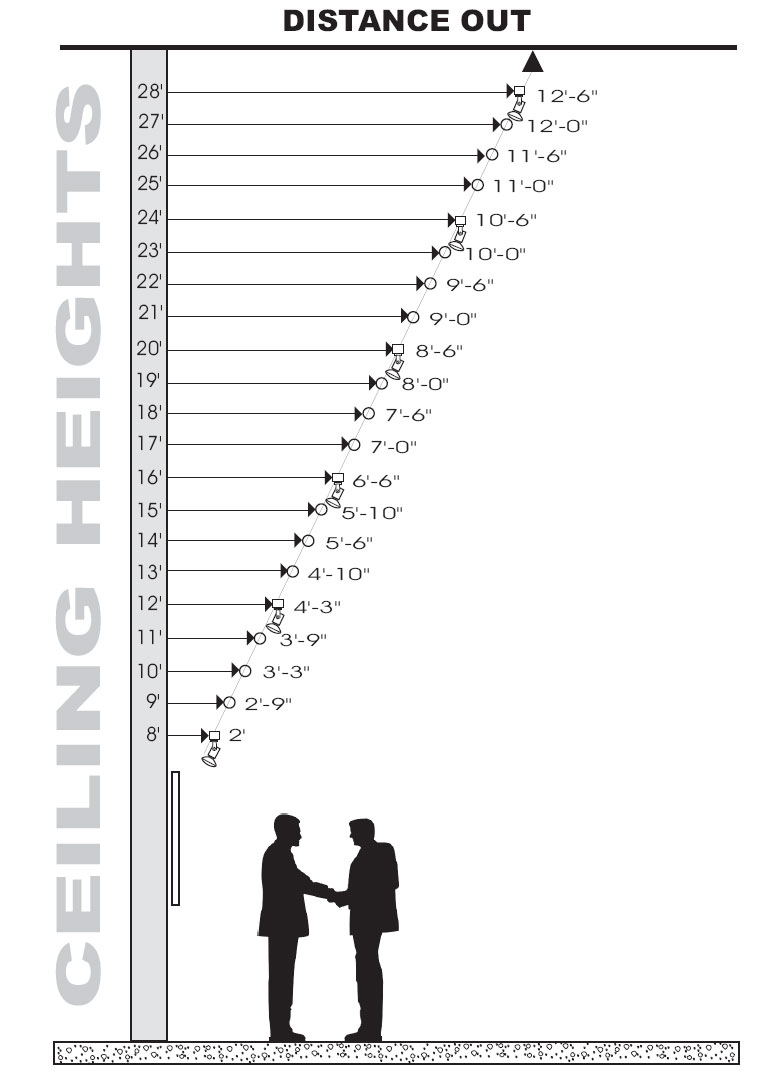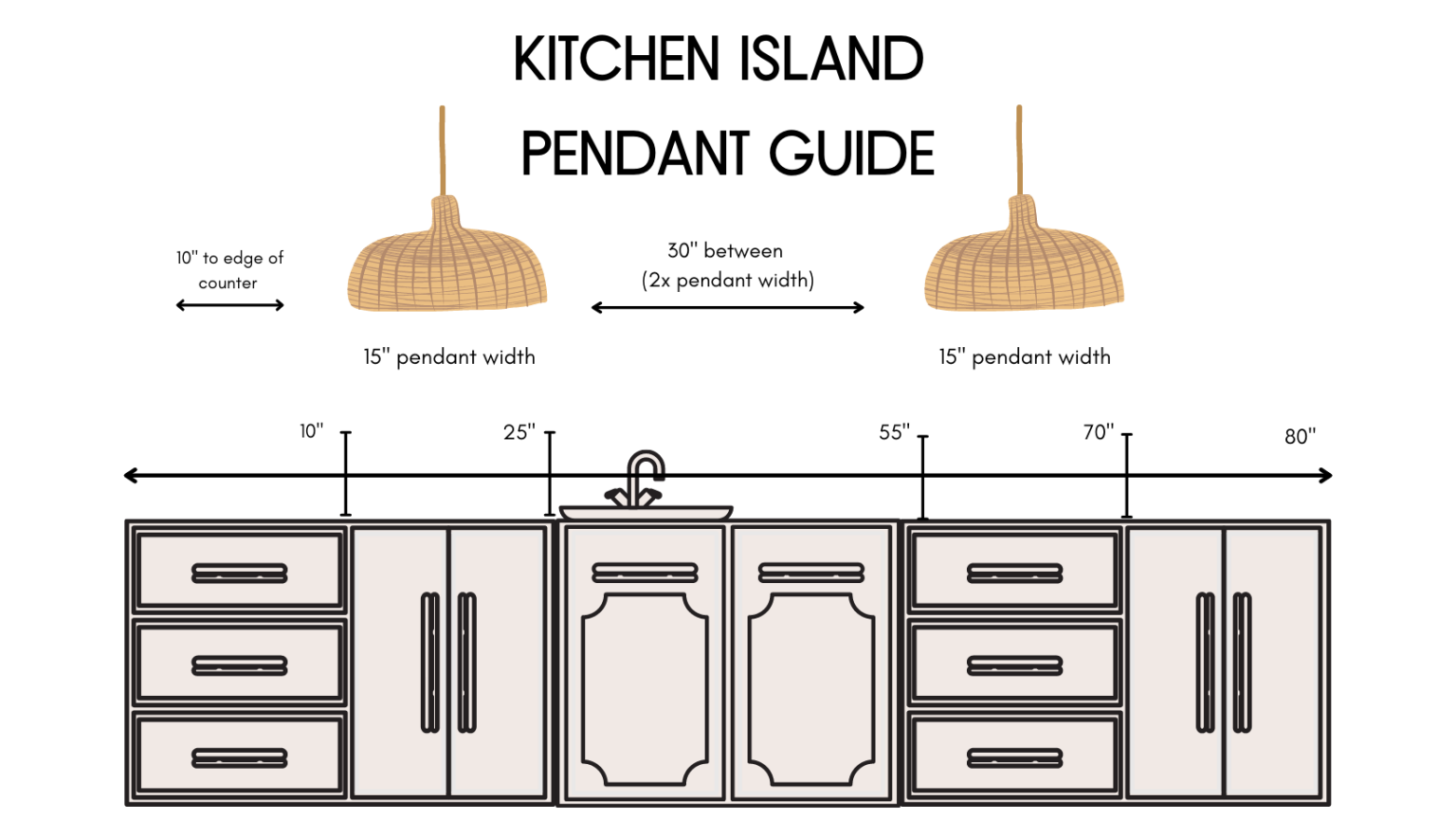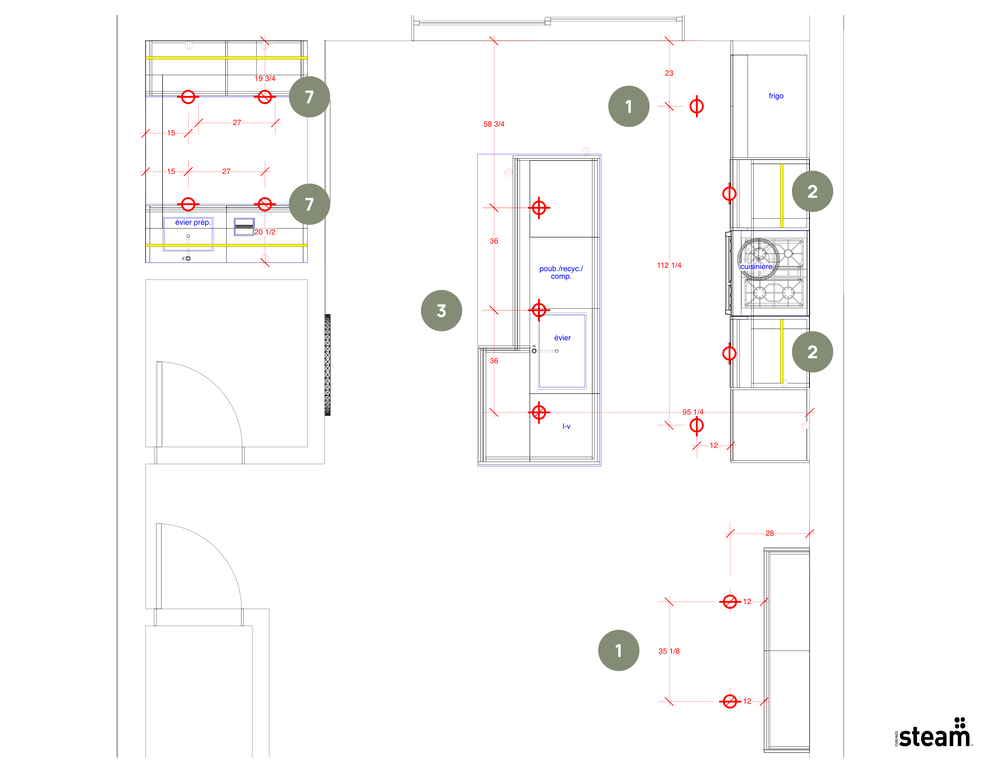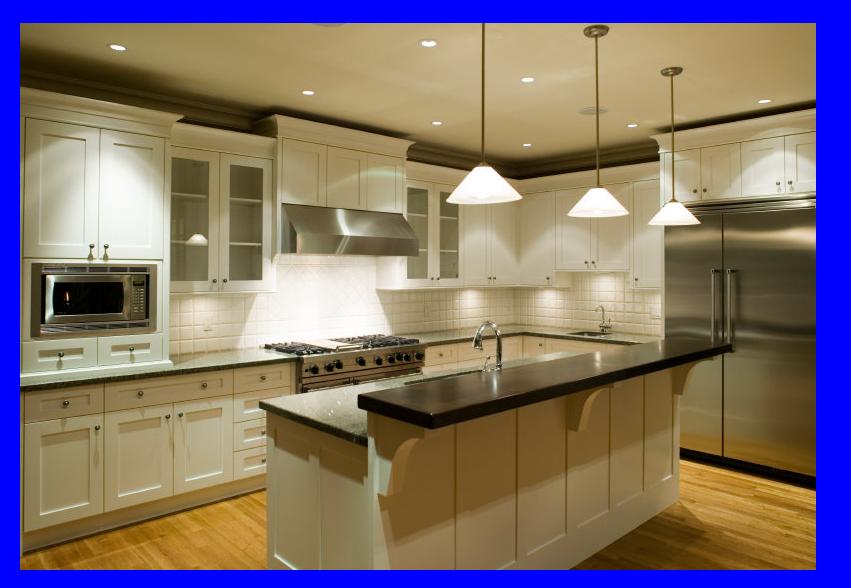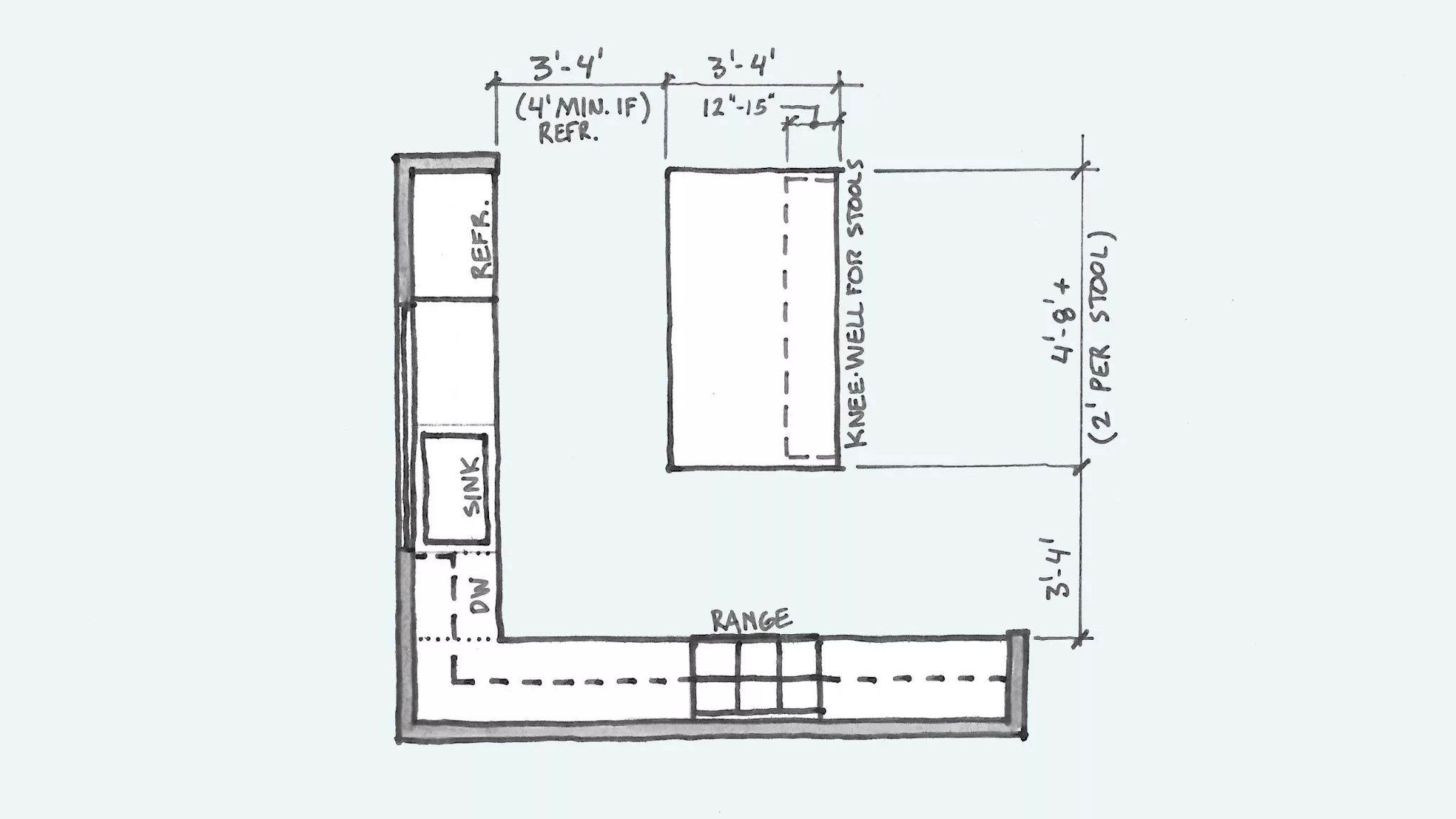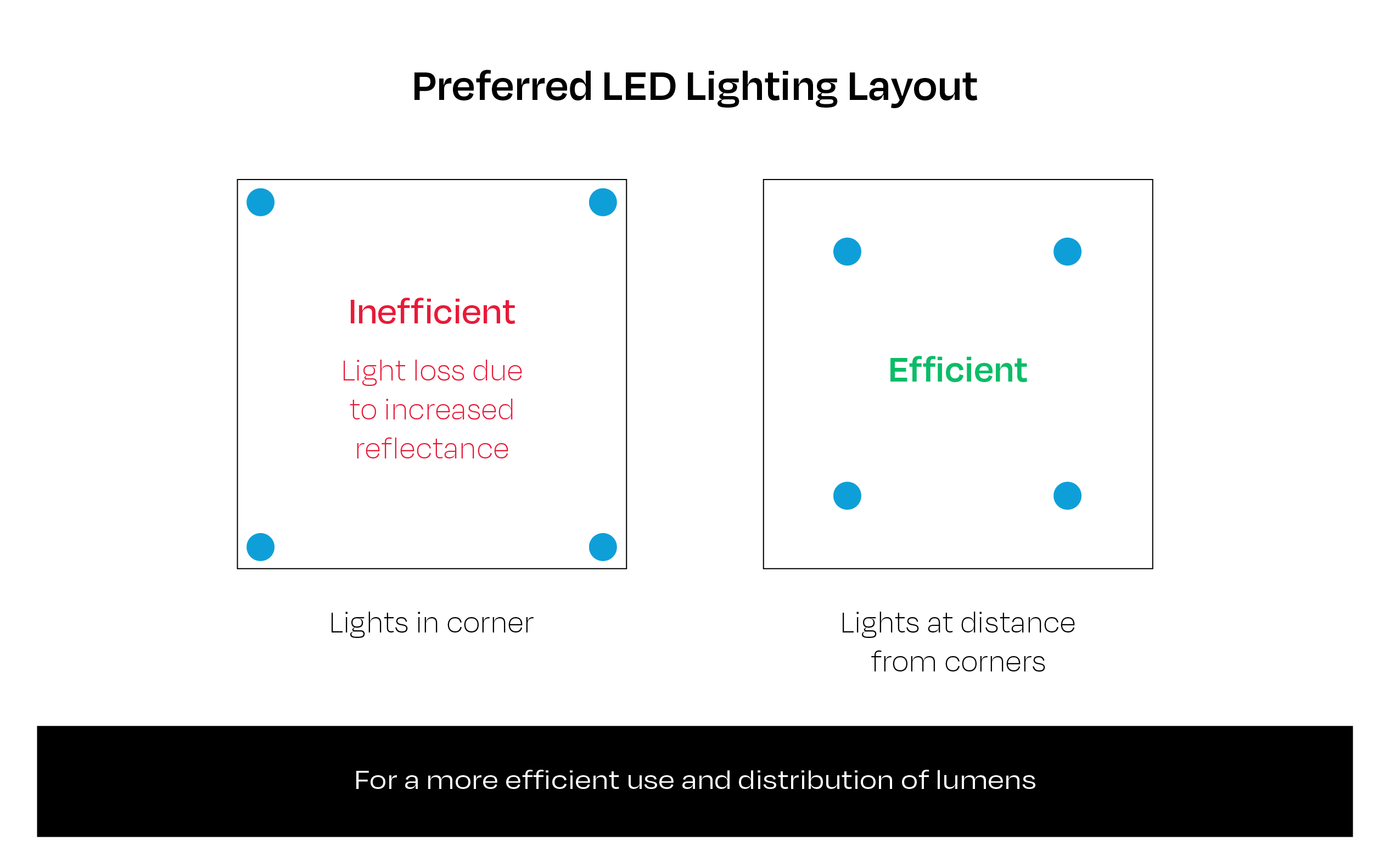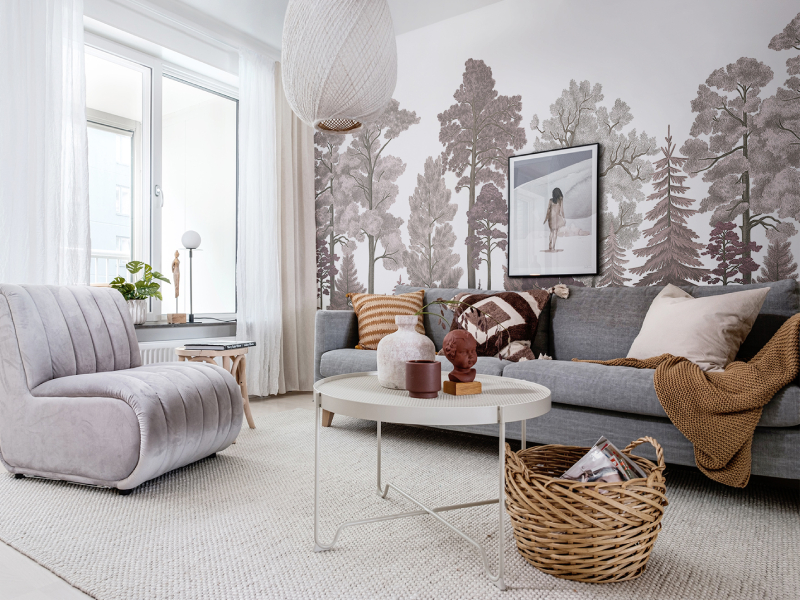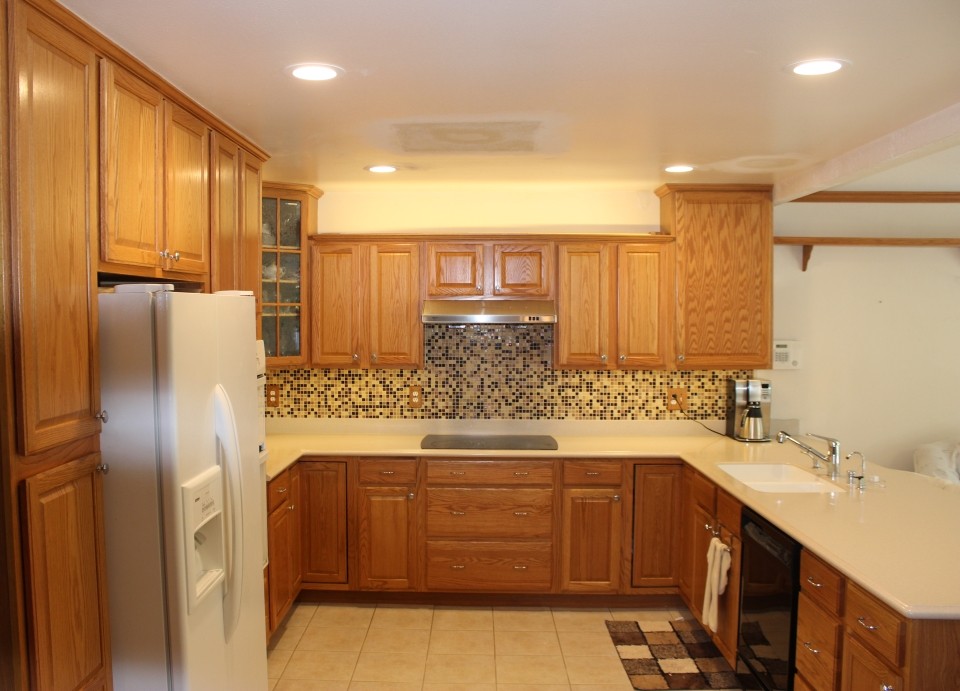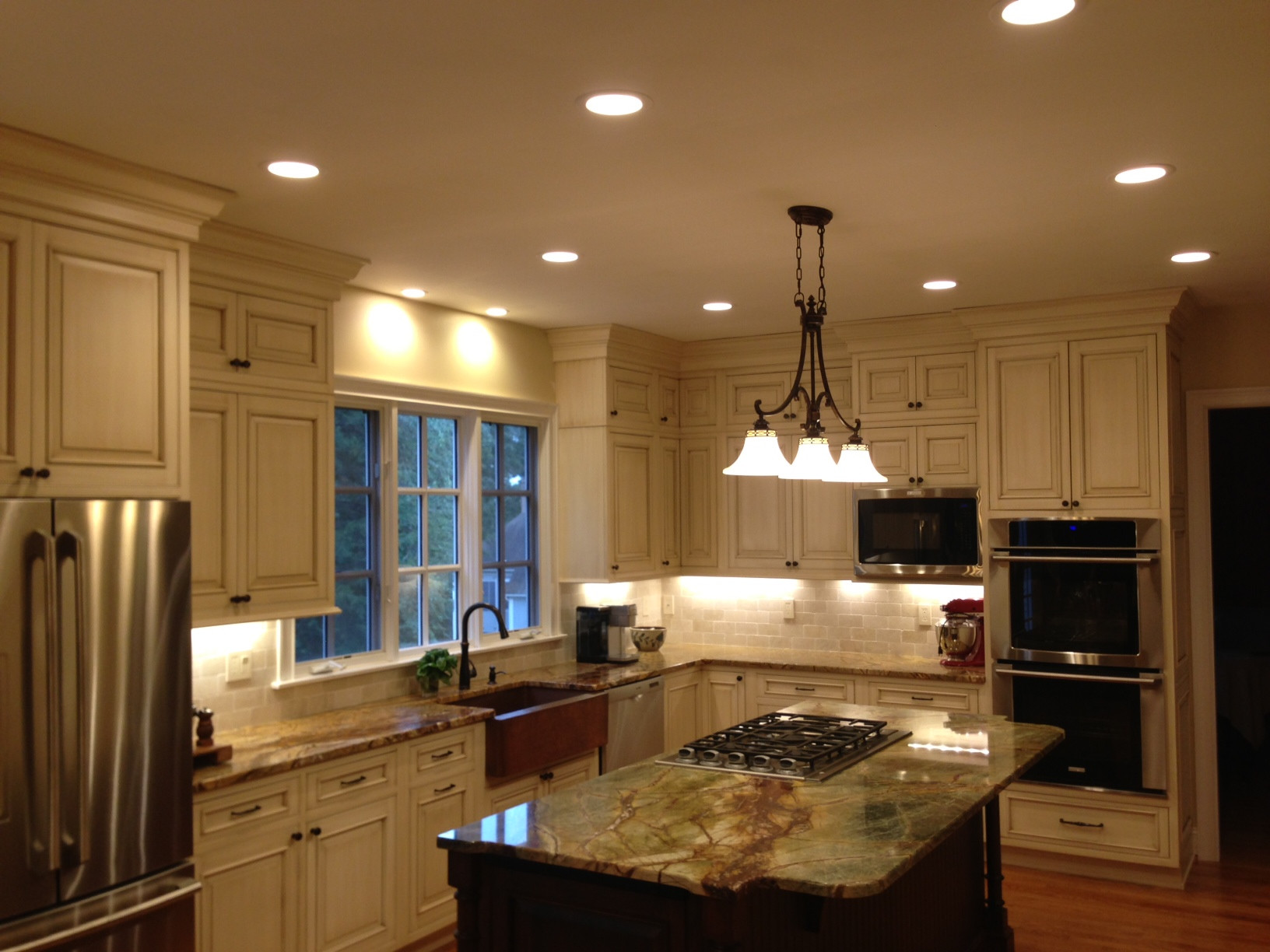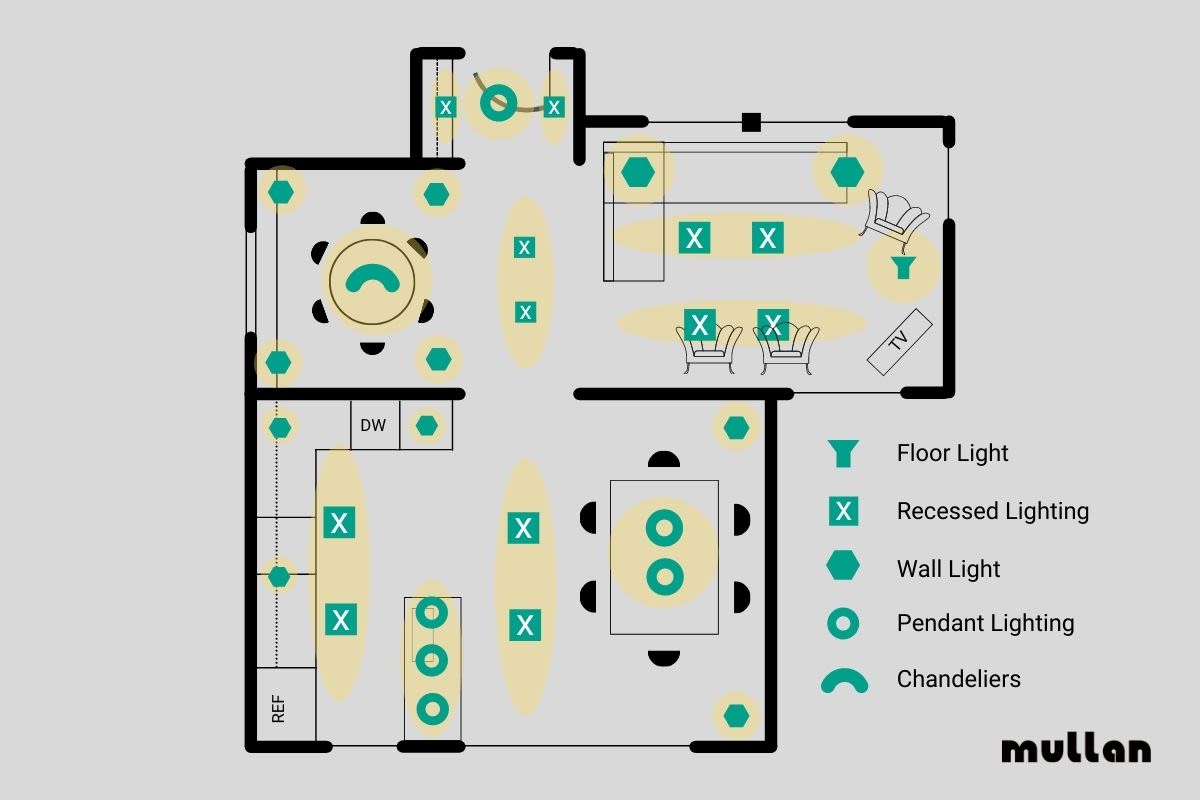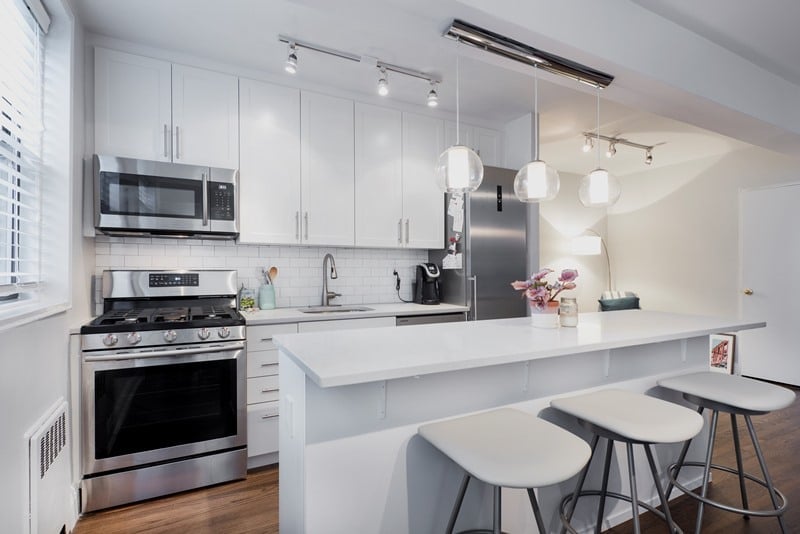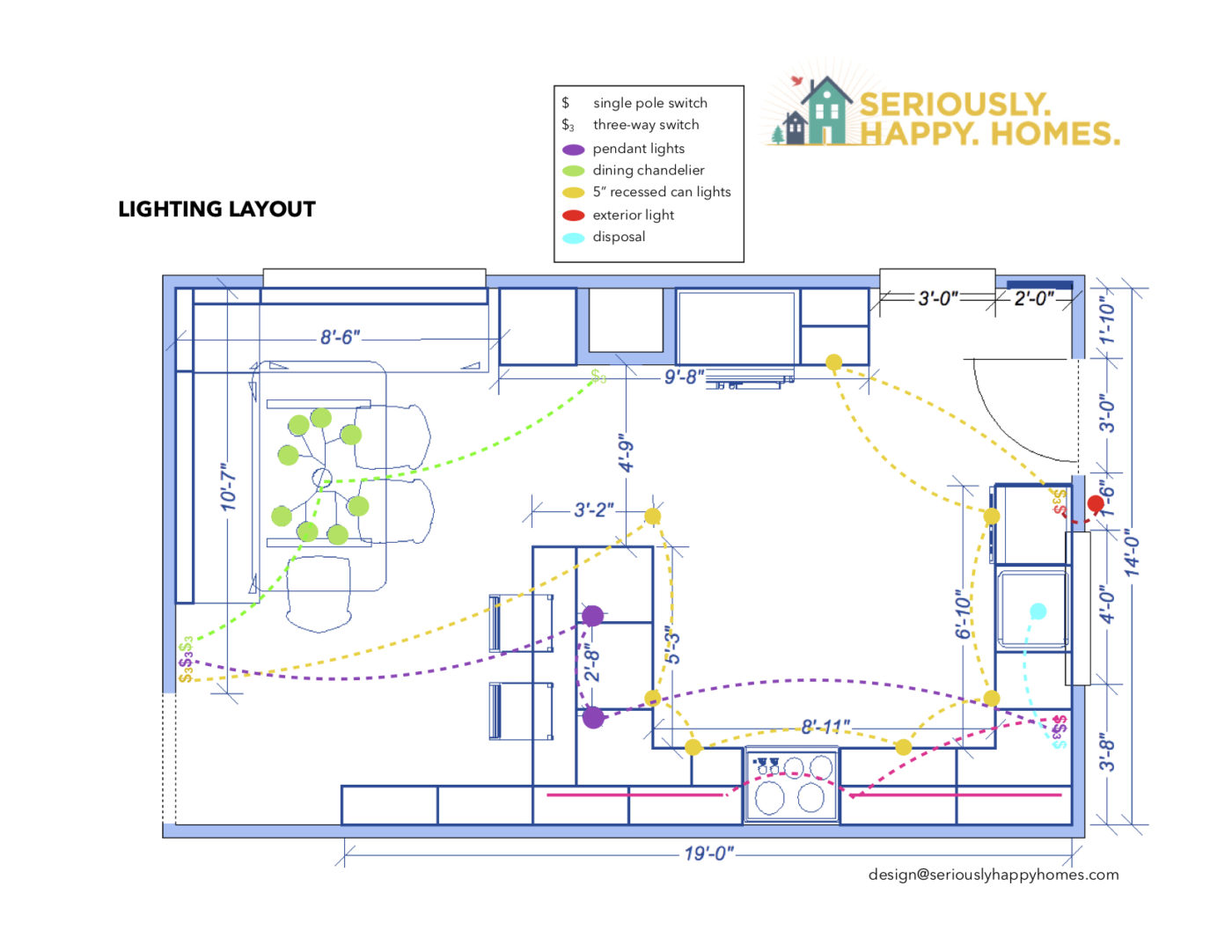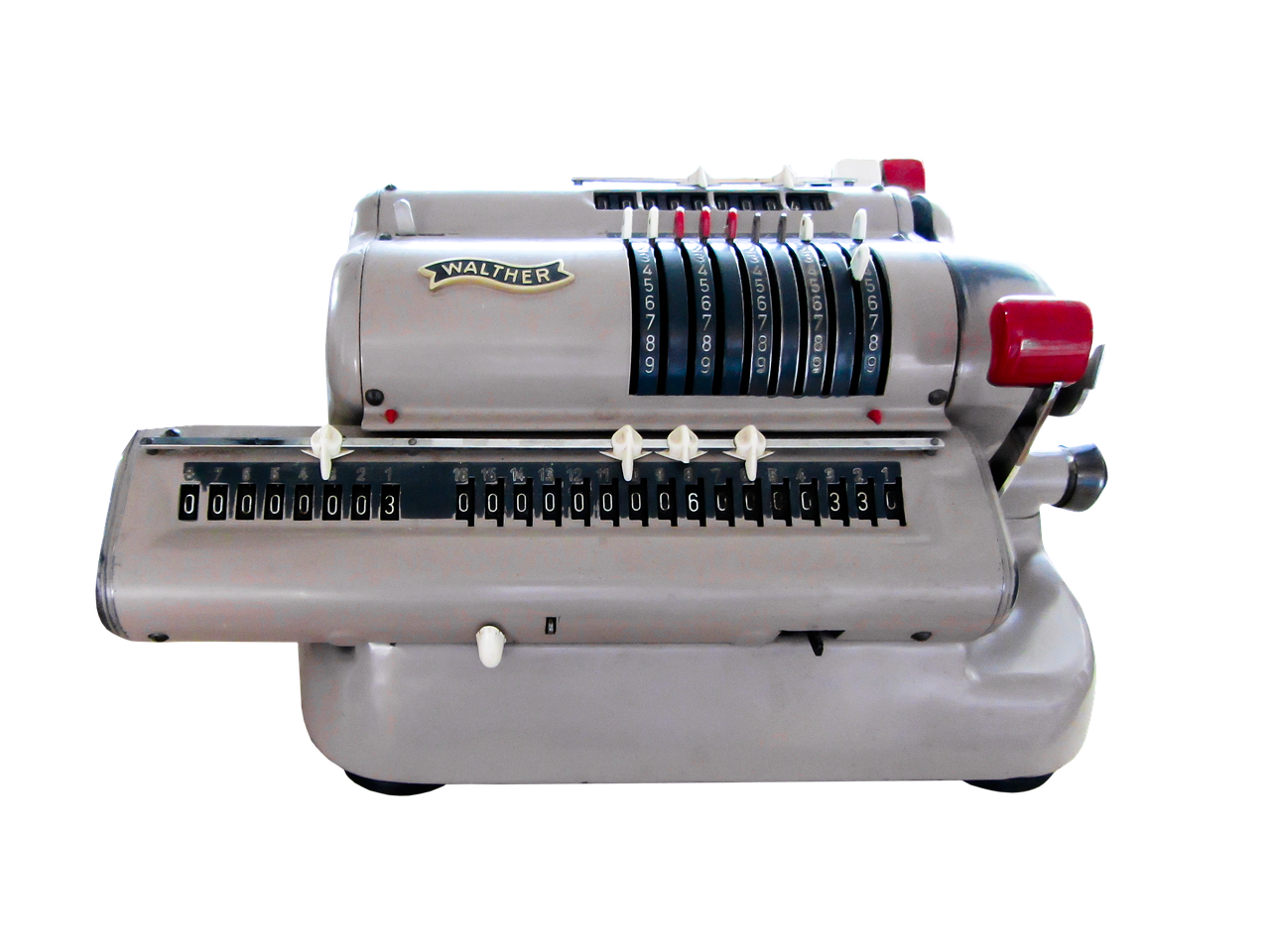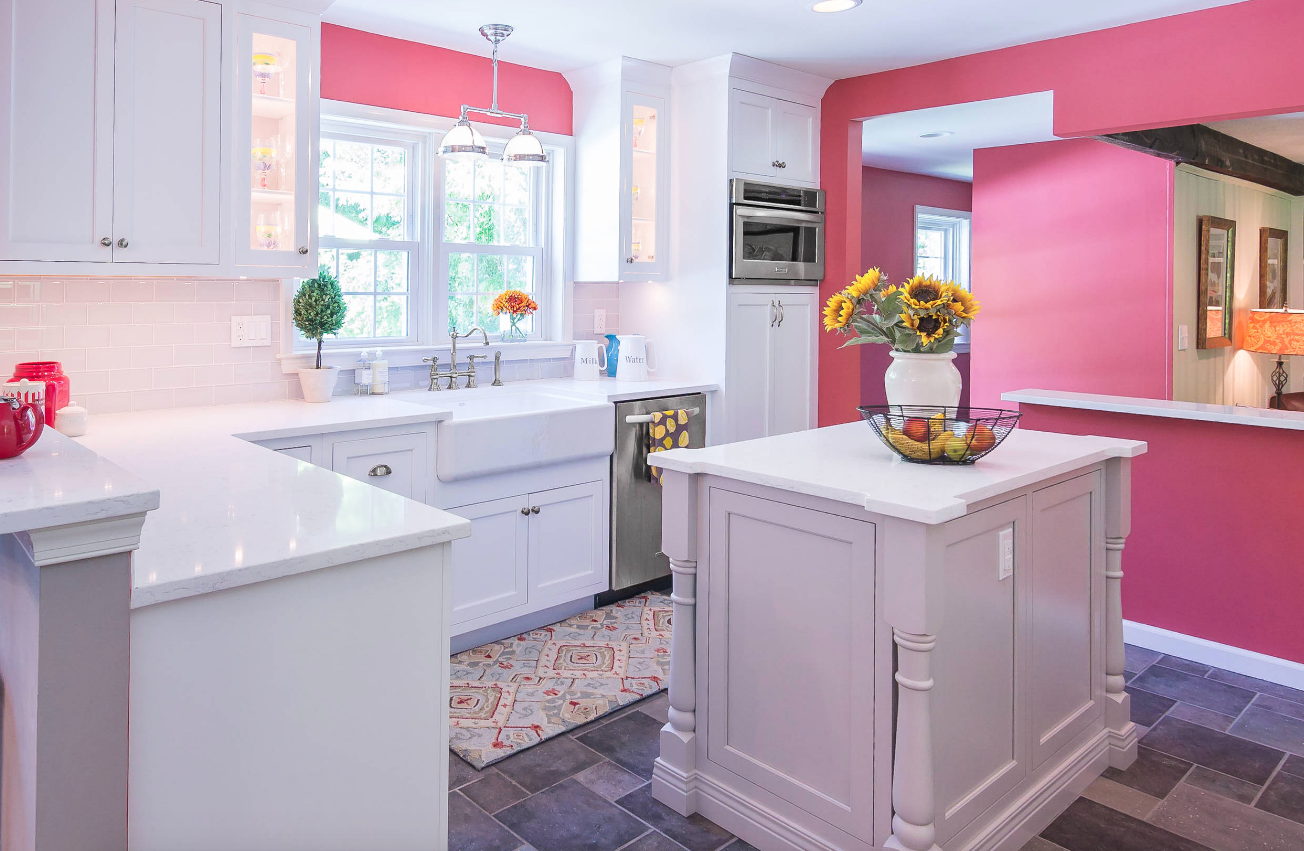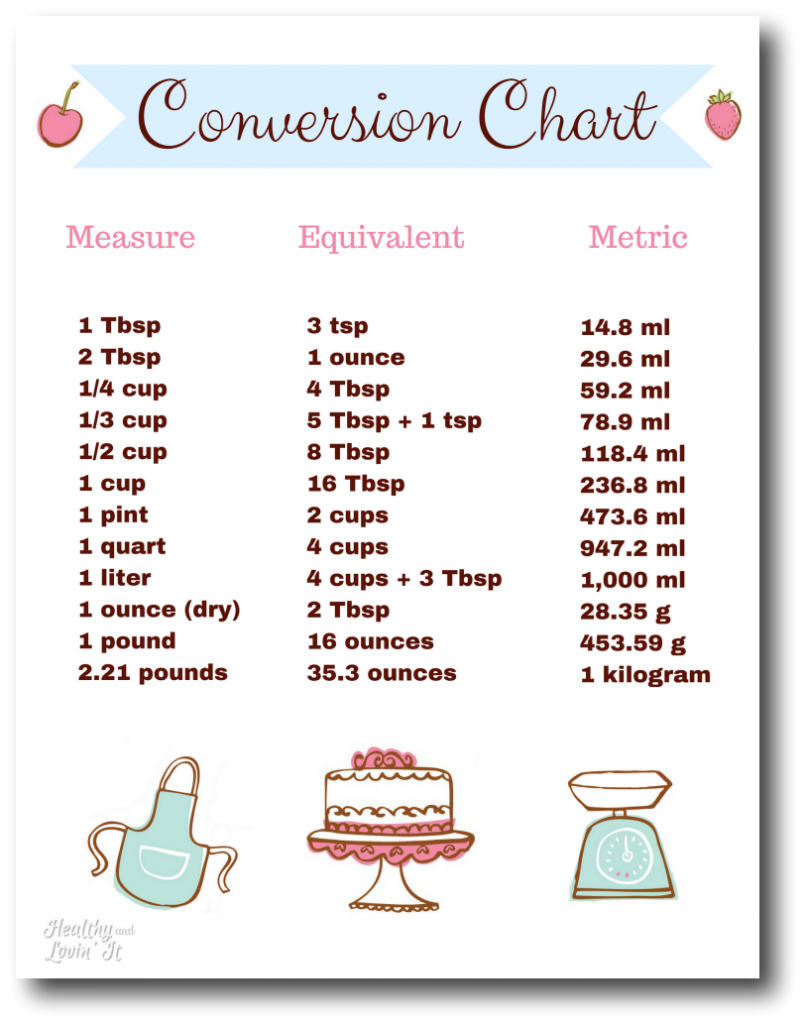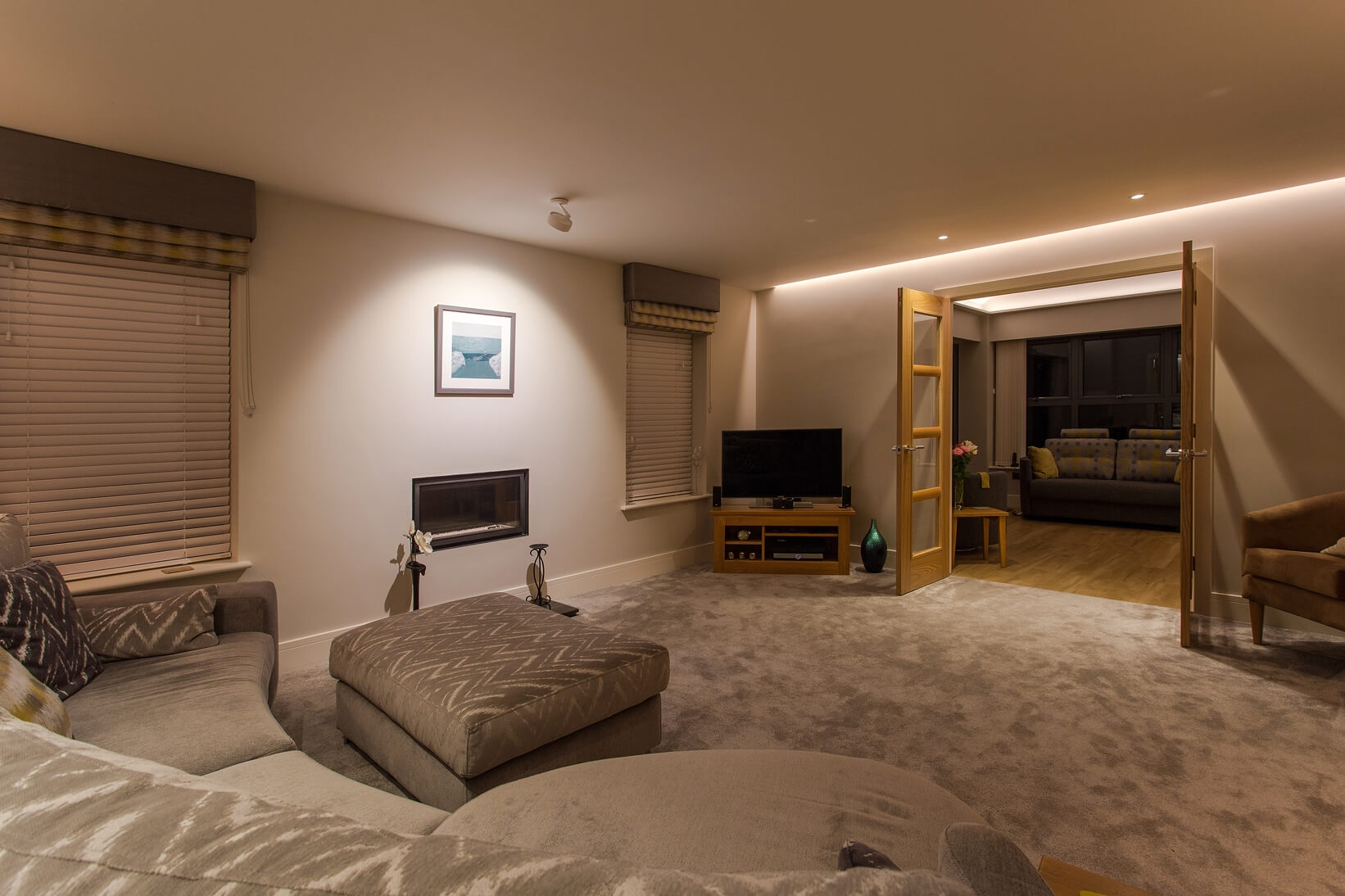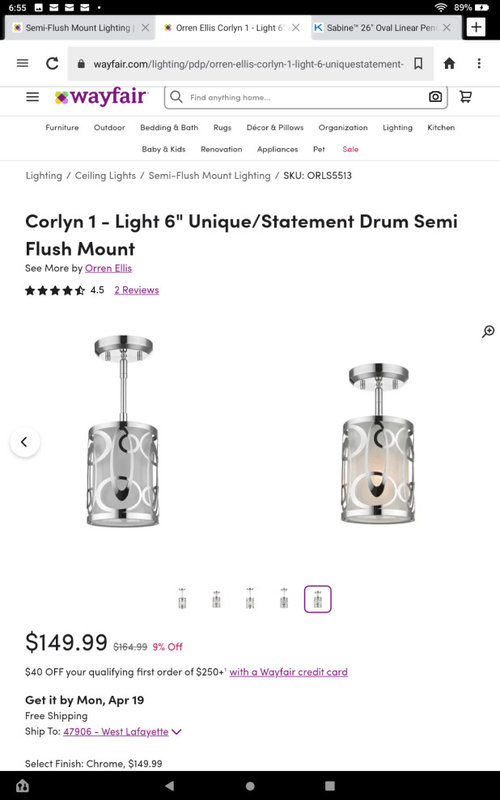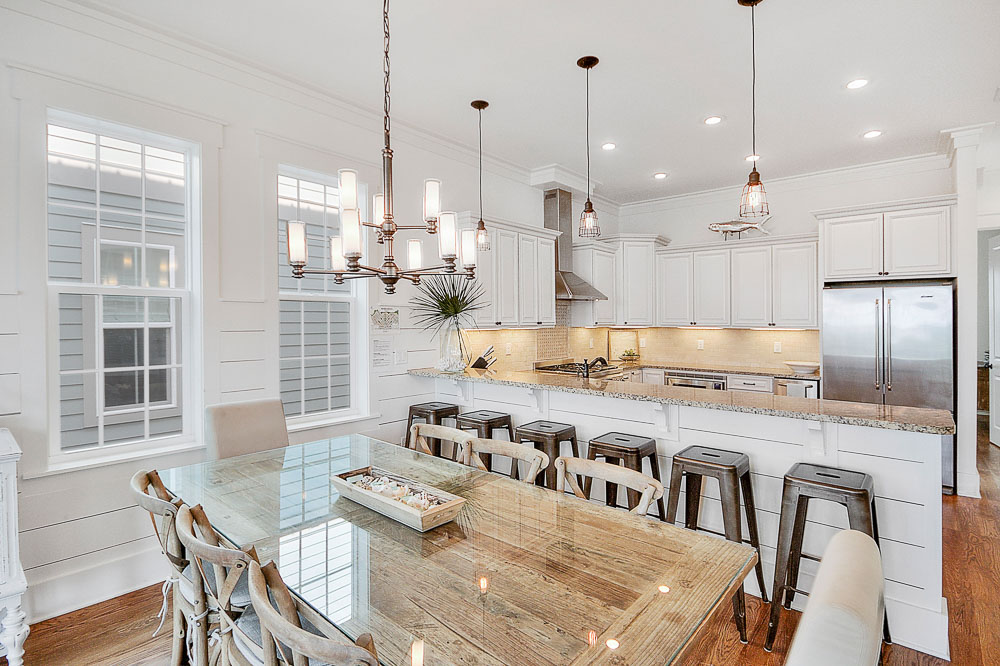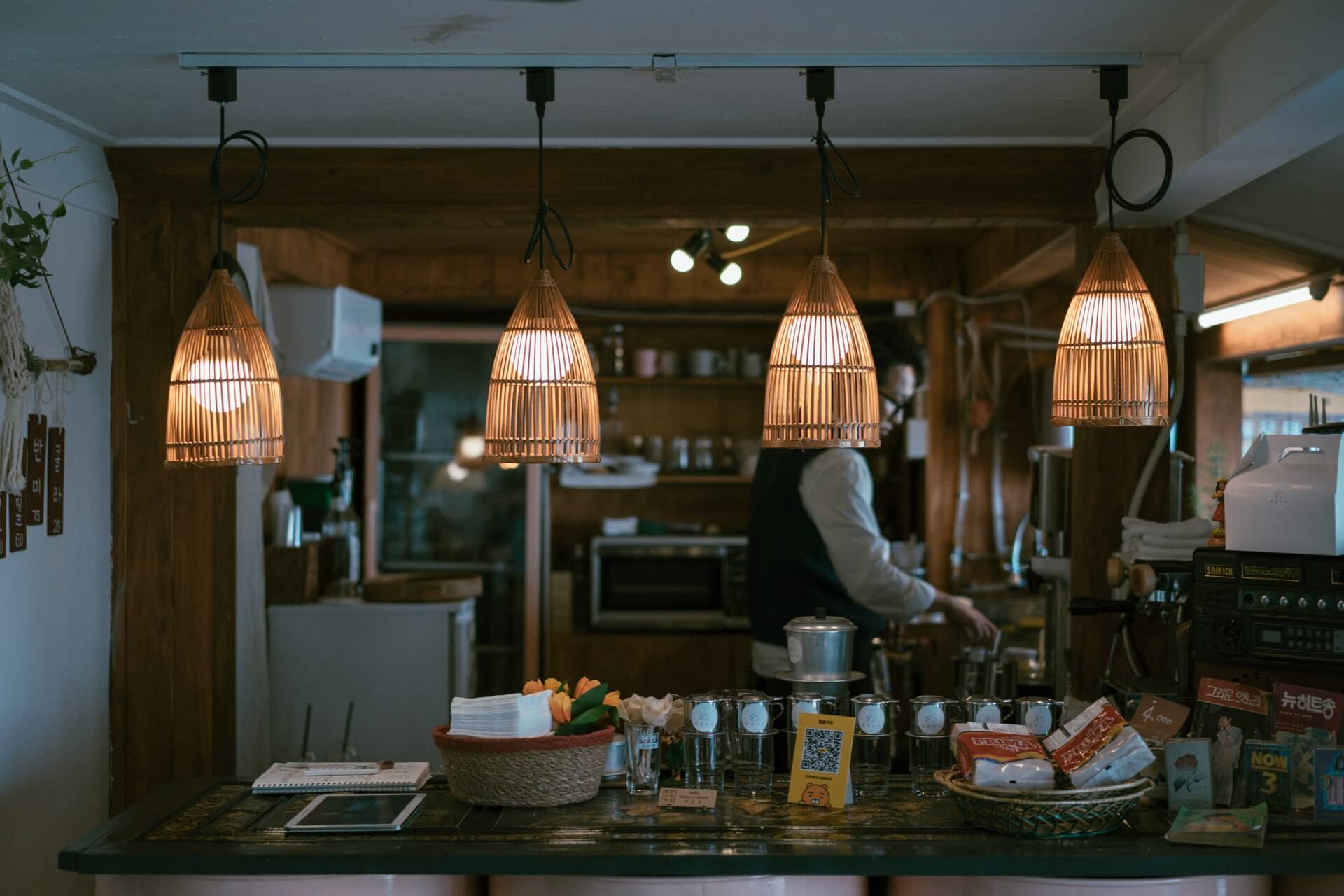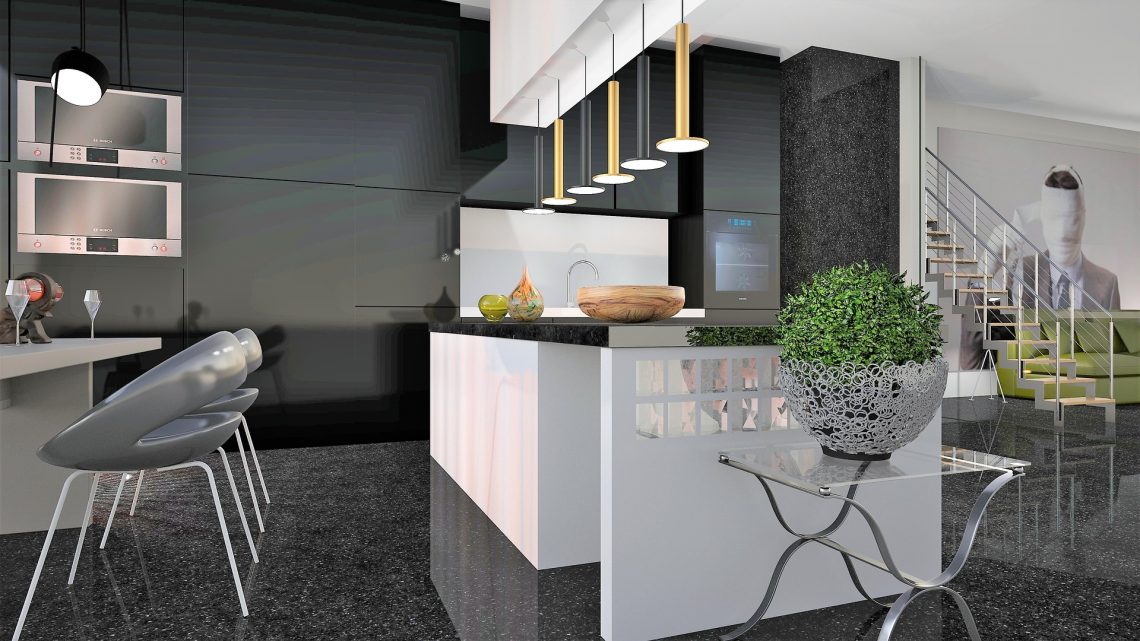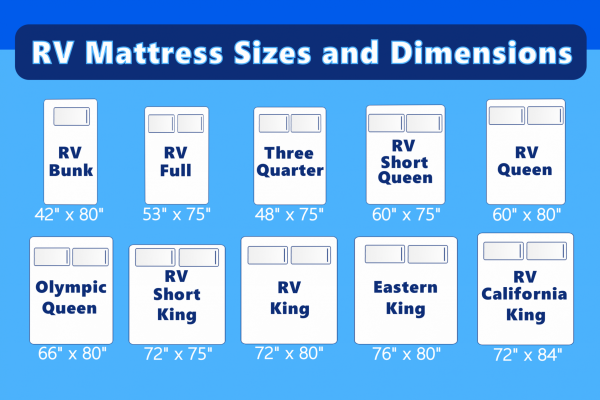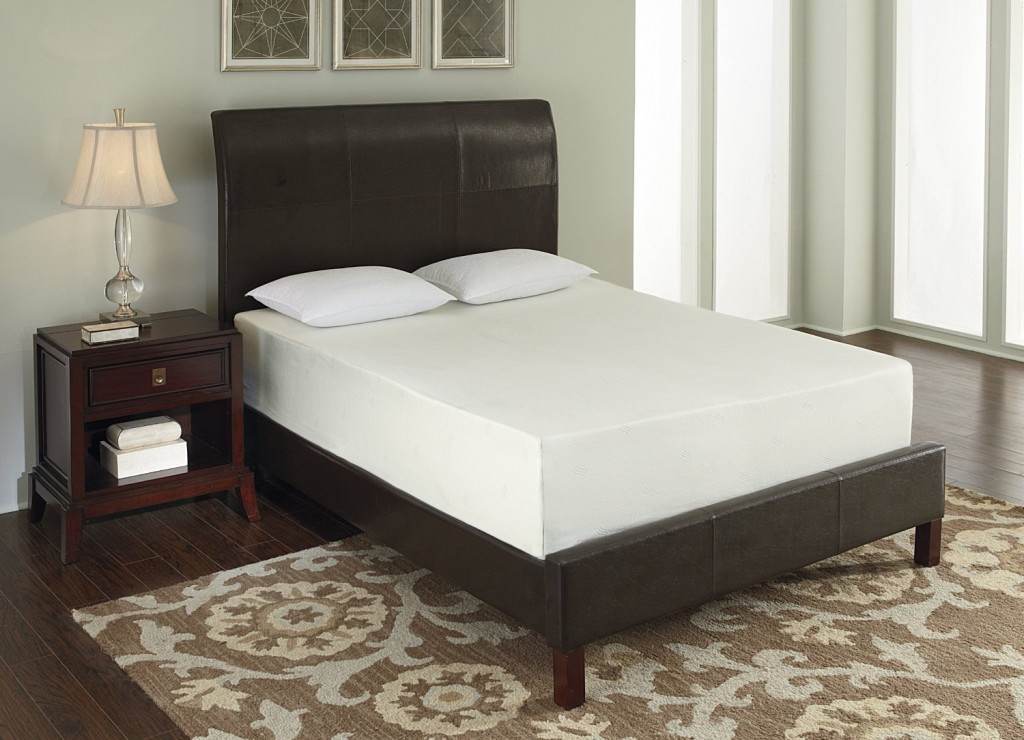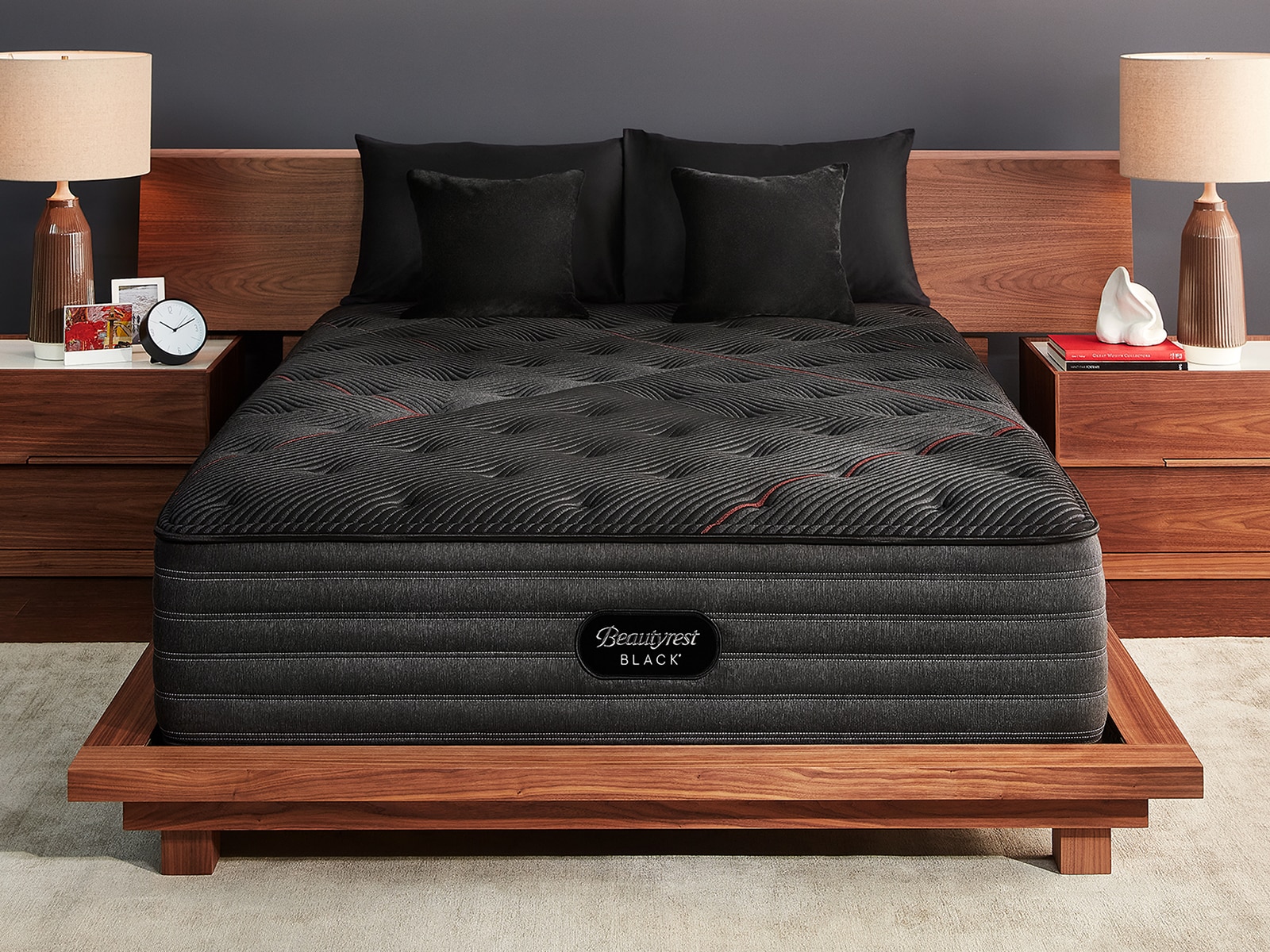How to Choose the Right Distance for Kitchen Lighting
Choosing the right distance for your kitchen lighting is crucial for creating a functional and visually appealing space. It can be overwhelming to determine the best distances for your lighting fixtures, but with some guidance and knowledge of the key factors at play, you can easily make the right decisions. Here are our top 10 recommendations for kitchen lighting distances.
How to Measure the Distance for Kitchen Lighting
Before you start planning your kitchen lighting, it’s important to accurately measure the distances for your fixtures. This will ensure that the lighting is evenly distributed and that there are no dark corners or areas. Use a measuring tape to determine the distance between the ceiling and the countertops, as well as the distance between the walls and the countertops.
Best Practices for Kitchen Lighting Distances
When it comes to kitchen lighting distances, there are a few best practices that you should keep in mind. First, make sure that the lighting is evenly spaced throughout the kitchen. This will prevent any harsh shadows or areas of poor lighting. Additionally, consider the purpose of each lighting fixture and adjust the distance accordingly. For example, task lighting should be closer to the work areas, while ambient lighting can be placed further away.
Recommended Distances for Kitchen Lighting Fixtures
While there is no one-size-fits-all approach to kitchen lighting distances, there are some general recommendations that you can follow. For recessed lighting, the distance between fixtures should be about 4-6 feet, while pendant lights should be placed 30-36 inches above the countertops. For under cabinet lighting, the distance between the light and the backsplash should be about 18-24 inches.
Factors to Consider When Choosing Kitchen Lighting Distances
There are several factors to consider when determining the distances for your kitchen lighting. These include the size and layout of your kitchen, the height of your ceiling, the type of lighting fixture, and the purpose of the lighting. For example, if you have a smaller kitchen or a lower ceiling, you may need to adjust the distances to avoid cluttering the space.
Proper Spacing for Kitchen Lighting Fixtures
Proper spacing is key when it comes to creating a balanced and functional lighting plan for your kitchen. For recessed lighting, the fixtures should be spaced evenly and symmetrically throughout the space. For pendant lights, consider the size and style of the fixture and adjust the spacing accordingly. Above all, make sure that there is enough space between each fixture to avoid overwhelming the space with too much lighting.
Creating a Balanced Lighting Plan for Your Kitchen
To achieve a well-balanced lighting plan for your kitchen, it’s important to incorporate a variety of lighting types and fixtures. This can include recessed lighting, pendant lights, under cabinet lighting, and even accent lighting. By strategically placing these different types of lighting at the appropriate distances, you can create a layered and visually appealing space.
Calculating Optimal Distances for Kitchen Lighting
If you want to take the guesswork out of determining the distances for your kitchen lighting, there are some calculations you can use. For recessed lighting, the general rule is that the distance between fixtures should be about half the ceiling height. For pendant lights, the distance between the light and the surface should be about two-thirds the length of the light.
Common Mistakes to Avoid When Measuring Kitchen Lighting Distances
When it comes to measuring kitchen lighting distances, there are some common mistakes that can easily be avoided. One of the biggest mistakes is not taking into account the height of your ceiling. This can greatly affect the placement of your lighting fixtures. Another mistake is not considering the purpose of each lighting type and adjusting the distances accordingly.
Expert Tips for Choosing Kitchen Lighting Distances
For expert tips on choosing the best distances for your kitchen lighting, consider consulting with a professional. They can offer valuable insight and help you create a customized lighting plan for your space. Additionally, don’t be afraid to experiment with different distances and lighting types to find the perfect balance for your kitchen.
Kitchen Lighting Recommendations for Distances
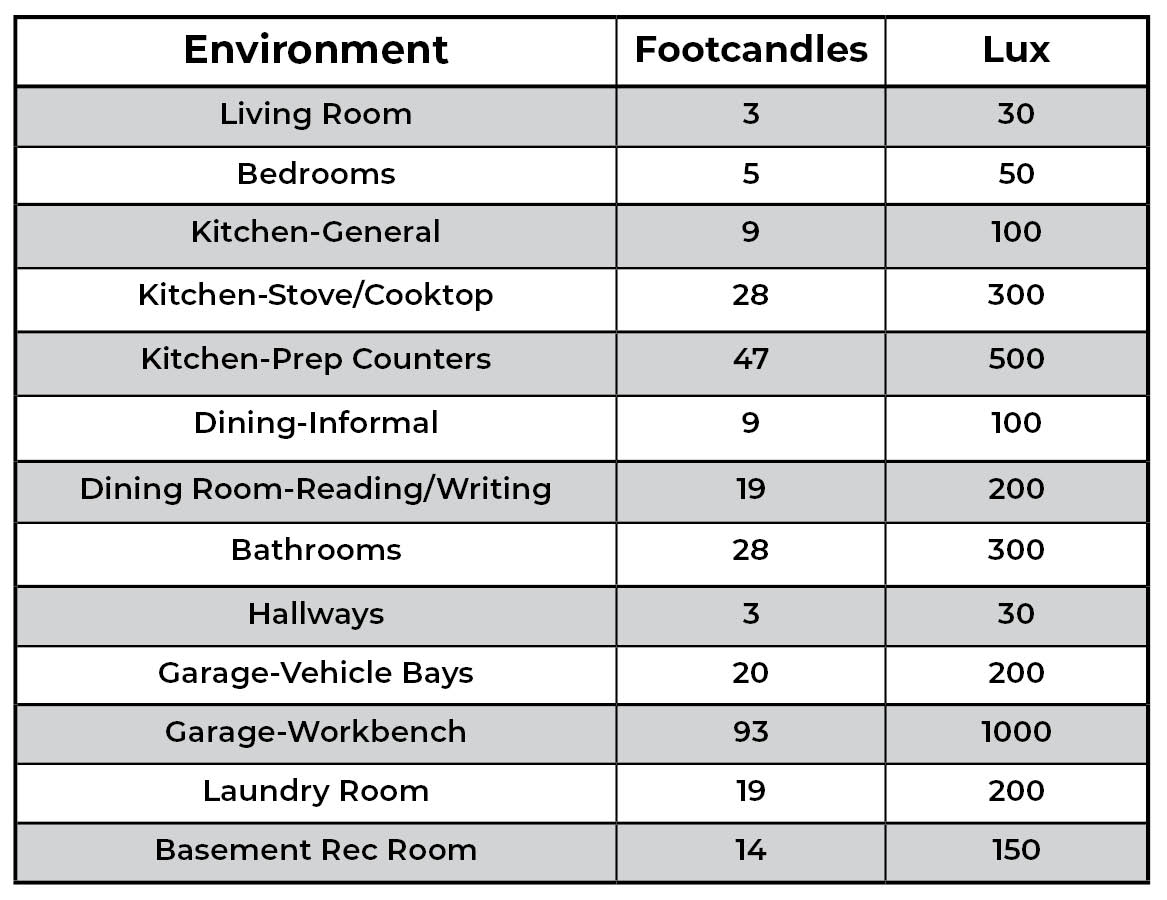
Importance of Proper Kitchen Lighting
 When it comes to designing your dream home, the kitchen is often considered the heart of the house. It is where meals are prepared, memories are made, and friends and family gather. As such, it is essential to have proper lighting in your kitchen to not only make tasks easier but also create a warm and inviting atmosphere.
Kitchen lighting
can significantly impact the functionality and aesthetics of your space, making it crucial to get it right.
When it comes to designing your dream home, the kitchen is often considered the heart of the house. It is where meals are prepared, memories are made, and friends and family gather. As such, it is essential to have proper lighting in your kitchen to not only make tasks easier but also create a warm and inviting atmosphere.
Kitchen lighting
can significantly impact the functionality and aesthetics of your space, making it crucial to get it right.
The Three Types of Kitchen Lighting
 Before diving into the recommended distances for kitchen lighting, it is essential to understand the three types of lighting typically used in a kitchen: ambient, task, and accent.
Ambient lighting
provides overall illumination for the entire room,
task lighting
focuses on specific work areas, and
accent lighting
adds depth and visual interest to the space.
Before diving into the recommended distances for kitchen lighting, it is essential to understand the three types of lighting typically used in a kitchen: ambient, task, and accent.
Ambient lighting
provides overall illumination for the entire room,
task lighting
focuses on specific work areas, and
accent lighting
adds depth and visual interest to the space.
Recommended Distances for Kitchen Lighting
:max_bytes(150000):strip_icc()/kitchenworkaisleillu_color3-4add728abe78408697d31b46da3c0bea.jpg) When it comes to
task lighting
in the kitchen, it is crucial to place the lights at the recommended distances to ensure proper functionality. For
overhead lighting
above the sink or stove, the recommended distance is around 30-36 inches above the countertop. This will provide enough light for tasks like washing dishes or cooking while avoiding any shadows. For
under-cabinet lighting
, the distance from the bottom of the cabinet to the countertop should be around 12-18 inches. This will provide proper lighting for food prep or reading recipes.
For
accent lighting
in the kitchen, the recommended distance from the ceiling is typically around 6-12 inches. This will provide enough space to highlight any decorative elements in your kitchen, such as artwork or plants. Additionally,
ambient lighting
should be evenly spaced throughout the kitchen, with fixtures placed around 6-8 feet apart. This will ensure that the entire room is properly lit without any dark spots.
When it comes to
task lighting
in the kitchen, it is crucial to place the lights at the recommended distances to ensure proper functionality. For
overhead lighting
above the sink or stove, the recommended distance is around 30-36 inches above the countertop. This will provide enough light for tasks like washing dishes or cooking while avoiding any shadows. For
under-cabinet lighting
, the distance from the bottom of the cabinet to the countertop should be around 12-18 inches. This will provide proper lighting for food prep or reading recipes.
For
accent lighting
in the kitchen, the recommended distance from the ceiling is typically around 6-12 inches. This will provide enough space to highlight any decorative elements in your kitchen, such as artwork or plants. Additionally,
ambient lighting
should be evenly spaced throughout the kitchen, with fixtures placed around 6-8 feet apart. This will ensure that the entire room is properly lit without any dark spots.
Final Thoughts
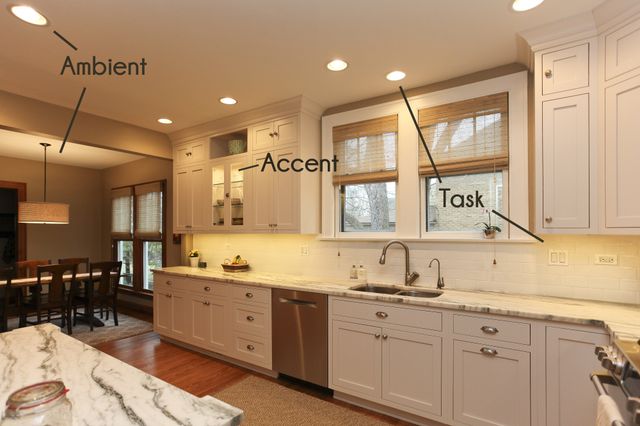 Proper
kitchen lighting
can transform your space from ordinary to extraordinary. By understanding the three types of lighting and following the recommended distances for each, you can create a functional and visually appealing kitchen. Remember to also consider the style and design of your lighting fixtures to complement your overall kitchen design. With these recommendations in mind, you can achieve the perfect balance of functionality and aesthetics in your kitchen.
Proper
kitchen lighting
can transform your space from ordinary to extraordinary. By understanding the three types of lighting and following the recommended distances for each, you can create a functional and visually appealing kitchen. Remember to also consider the style and design of your lighting fixtures to complement your overall kitchen design. With these recommendations in mind, you can achieve the perfect balance of functionality and aesthetics in your kitchen.
